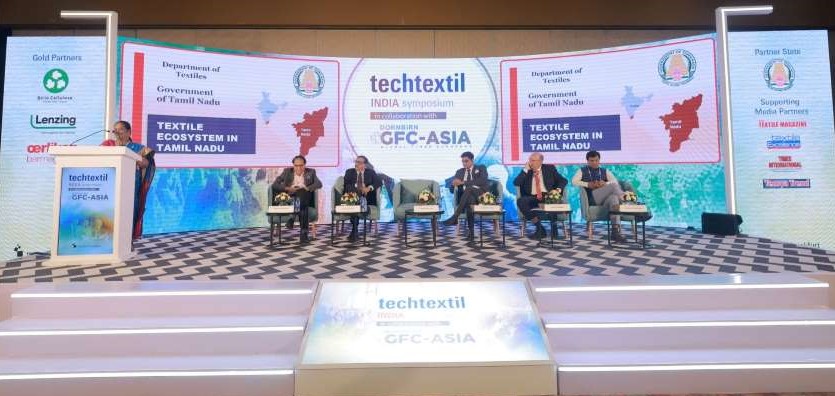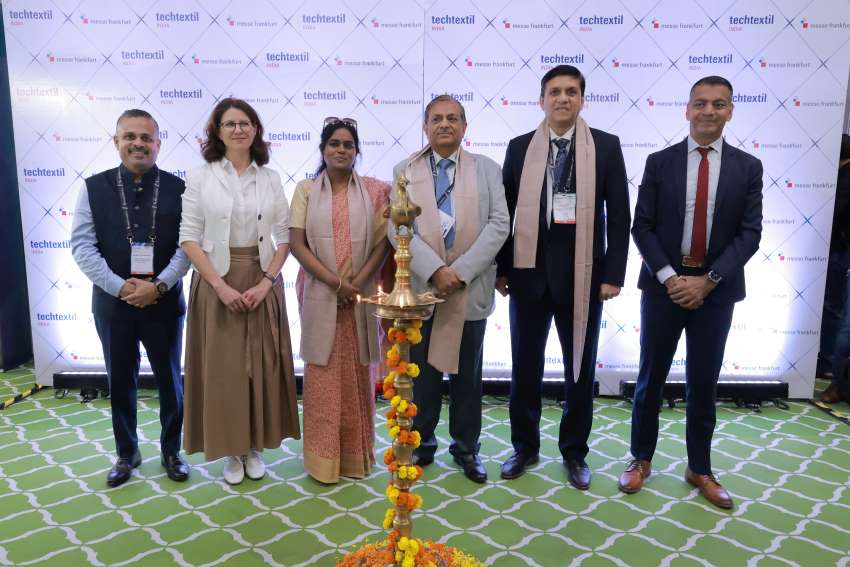Greenpeace says it has found trace amounts of potentially hazardous chemicals in World Cup 2014 soccer merchandise made by Nike and Adidas. However, Adidas says none of the tested products pose any health risk to consumers and that all of the published results and concentrations fully meet legal requirements.
Nike, meanwhile, says it is committed to the goal of zero discharge of hazardous chemicals by 2020 and that the Nike products in the report tested within the limits set by EU regulations and below the levels set in Nike's own Restricted Substances List.
The European guideline for Nonyl Phenol Ethoxylates (NPE) is 1000 parts per million. The value that was found in the Adidas brazuca ball was 50 times lower than this guideline. In the European Union, there is no statutory threshold limit value for phthalate softeners, DMF as well as certain PFCs in consumer products such as football gloves and soccer boots.
Popular fashion brands routinely sell clothing containing hazardous chemicals which contribute to toxic water pollution where the clothes are made and washed. Some clothes contain chemicals from certain dyes which can break down into cancer-causing amines. H&M and Marks & Spencer have committed to zero discharge of toxic chemicals by 2020.












